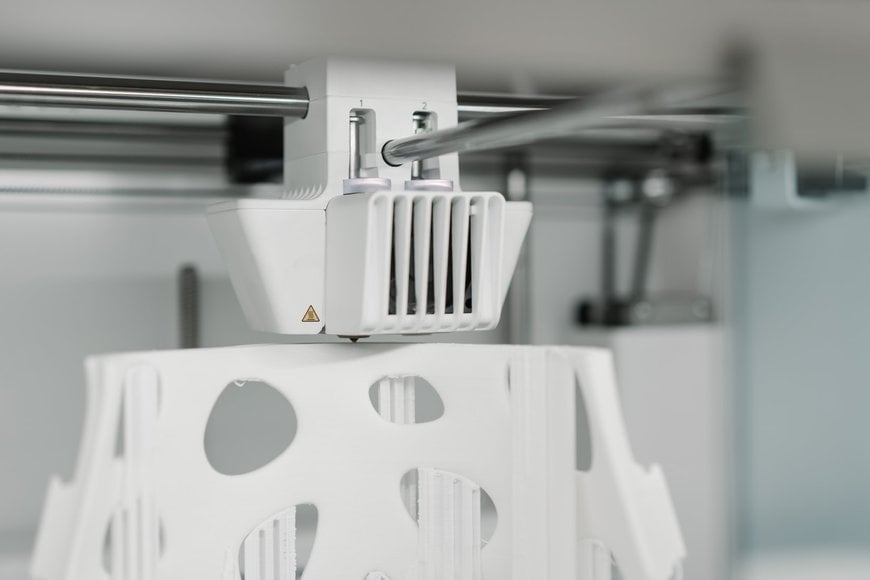www.ptreview.co.uk
18
'20
Written on Modified on
3D printing and counterfeit industrial equipment
How a new technology fuels a much older problem.

Sir Isaac Newton is famous as one of the greatest scientists of all time, but he also used his scientific genius to help catch counterfeiters during his time at the Royal Mint, the organization responsible for producing England’s coinage. Today, in the world of industrial automation parts, even a genius like Newton would have trouble tracking down the counterfeiters. The emergence of 3D printing is one factor that accounts for this difficulty. Here, John Young, APAC director at automation parts supplier EU Automation, explains more.

From prototyping and manufacturing, to the military and pharmaceuticals, 3D printing is increasingly used in a range of different sectors. Also known as additive manufacturing, it offers benefits such as fewer steps in the manufacturing process, reduced material waste, more complex designs and rapid prototyping.
However, 3D printing, like all technology, is a double-edged sword. Although the net impact of this manufacturing innovation on society will surely be positive, the technology will also be used to produce harder-to-detect counterfeits. The world of automation parts will be one area where this risk exists.
Make it until you fake it
There are a number of key ways in which 3D printing will give a fillip to the fraudsters. Firstly, 3D printing is so effective at producing replica parts that they will be harder to tell apart from the genuine articles.
Secondly, the technology is becoming cheaper and more readily available. A 3D printer is relatively affordable, given the sophistication of this technology and the price is continually getting lower.
Thirdly, aspiring counterfeiters will also find that the materials used for additive manufacturing, as well as the CAD designs and related software, are also becoming cheaper and more readily available. In fact, many of these CAD designs are freely available on the internet and in many places, the mere possession of a design is not itself a criminal offence.
Fourthly, patent law and IP protection will need to catch up with the times and in instances where there are global supply chains, international cooperation will be imperative. As with any novel application of technology to criminal activities, the scammers will have a head-start while honest manufacturers and law enforcement agencies struggle to keep pace with a rapidly emerging problem.
Finally, one factor that is perhaps overlooked when it comes to discussions of the dangers of 3D printing and counterfeiting, is how easy it is for the counterfeiters to move their operations. 3D printing is perfect for small footprint manufacturing, so counterfeiters will be unlikely to stay in one place for a prolonged period of time, making law enforcement more difficult.
Who can you trust?
Counterfeiting has been around since the invention of coinage thousands of years ago, and possibly longer. The fact that the US Missile Program was discovered to have inadvertently used counterfeited computer chips is testament to the ubiquity of the problem.
There are potential technological breakthroughs that will help defend against this problem in future. For example, counterfeiters might have the tech to easily replicate standard identification tags, but if you were to layer the QR code across hundreds of layers during the process of additive manufacturing it would be almost impossible to reverse engineer or replicate. ‘Exploding’ the QR tag like this is one interesting way in which science is already beginning the fightback against counterfeiting.
Manufacturers can look forward to these innovations becoming mainstream, but they should not have to wait before taking mitigative action. Counterfeit parts are more likely to break down and cause commercial losses through unplanned downtime. Thankfully, you don’t have to be a scientific genius to demand good warranties for your purchases and to find trusted suppliers whose reputations have been sustained over many years.
www.euautomation.com

